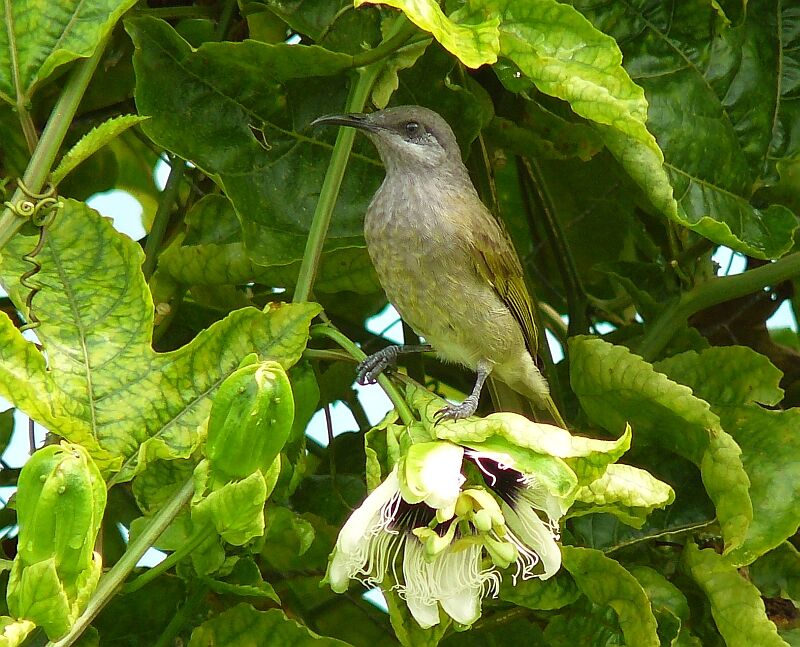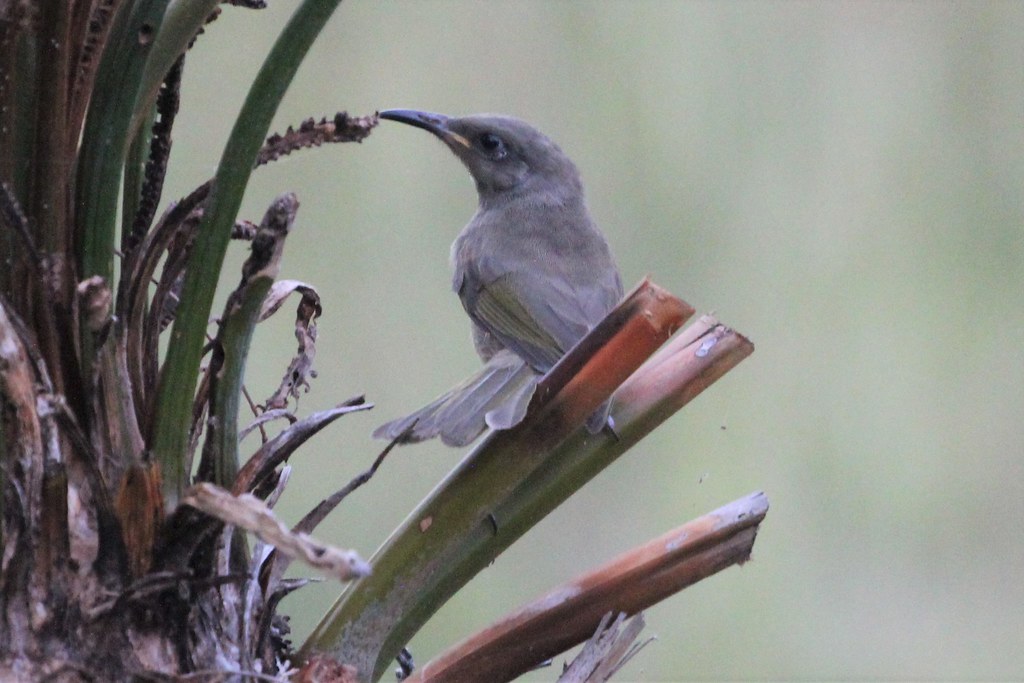The Lichmera Incana Flavotincta: A Glimpse Into The Life Of A Unique Bird
Share
The Lichmera incana flavotincta, commonly known as the Grey-headed Honeyeater, is a fascinating bird species belonging to the family Meliphagidae within the order Passeriformes. This article delves into the taxonomy, habitat, behavior, and conservation status of this unique subspecies, providing bird enthusiasts and nature lovers with a comprehensive understanding of its significance in the ecosystem.

Taxonomy
The Grey-headed Honeyeater is classified under the following taxonomic hierarchy:
- Order: Passeriformes
- Suborder: Oscines
- Family: Meliphagidae
- Species: Lichmera incana
- Subspecies: flavotincta
- Type: Glyciphila flavotincta G. R. Gray, 1870
This subspecies was first described in the Annals and Magazine of Natural History in 1870, highlighting its distinct characteristics and habitat preferences.
Habitat
The Grey-headed Honeyeater is endemic to Erromanga Island in the New Hebrides, a region known for its lush tropical forests and diverse ecosystems. This bird thrives in subtropical or tropical moist lowland forests, where it can find ample food sources and nesting sites. The dense foliage provides both shelter and protection from predators, making it an ideal habitat for this species.

Physical Characteristics
The Grey-headed Honeyeater is a small to medium-sized bird, characterized by its grey head and distinctive plumage. The body is predominantly olive-green, with a lighter underbelly. The wings are short and rounded, allowing for agile flight through the dense forest canopy. Adult birds exhibit a subtle yet beautiful coloration that aids in camouflage among the leaves and branches.

Diet
As a member of the Meliphagidae family, the Grey-headed Honeyeater primarily feeds on nectar from flowers, making it an important pollinator in its ecosystem. It also consumes insects and fruits, which provide essential nutrients. The bird's long, slender bill is perfectly adapted for reaching deep into flowers, allowing it to extract nectar efficiently.
Behavior
The Grey-headed Honeyeater is known for its social behavior, often seen foraging in small groups. These birds communicate through a series of melodious calls, which play a crucial role in maintaining social bonds and alerting others to potential threats. Their agile flight and acrobatic feeding habits make them a delight to observe in their natural habitat.

Reproduction
Breeding typically occurs during the warmer months, with nests built in the dense foliage of trees. The female lays a clutch of 2-3 eggs, which she incubates for about two weeks. Both parents participate in feeding the chicks, ensuring their survival during the critical early stages of life. The young birds fledge approximately two weeks after hatching, ready to explore their surroundings.

Conservation Status
Currently, the Grey-headed Honeyeater is not considered endangered, but habitat loss due to deforestation and human encroachment poses a potential threat to its population. Conservation efforts aimed at preserving the natural habitats of Erromanga Island are essential to ensure the survival of this unique subspecies.
Interesting Facts
- The Grey-headed Honeyeater plays a vital role in pollination, contributing to the health of its ecosystem.
- Its melodious calls are not only beautiful but also serve as a means of communication among flock members.
- Birdwatchers can often spot this species in the early morning or late afternoon when they are most active.
Birdwatching Tips
For those interested in observing the Grey-headed Honeyeater, visiting Erromanga Island during the breeding season is ideal. Look for them in flowering trees, where they are often seen feeding. Patience and quiet observation will increase your chances of spotting these charming birds in their natural habitat.
The Lichmera incana flavotincta is a remarkable example of the beauty and complexity of avian life. Its role in the ecosystem as a pollinator and its unique behaviors make it a species worth protecting and studying. By understanding and appreciating such birds, we can contribute to their conservation and ensure that future generations can enjoy their presence in the wild.